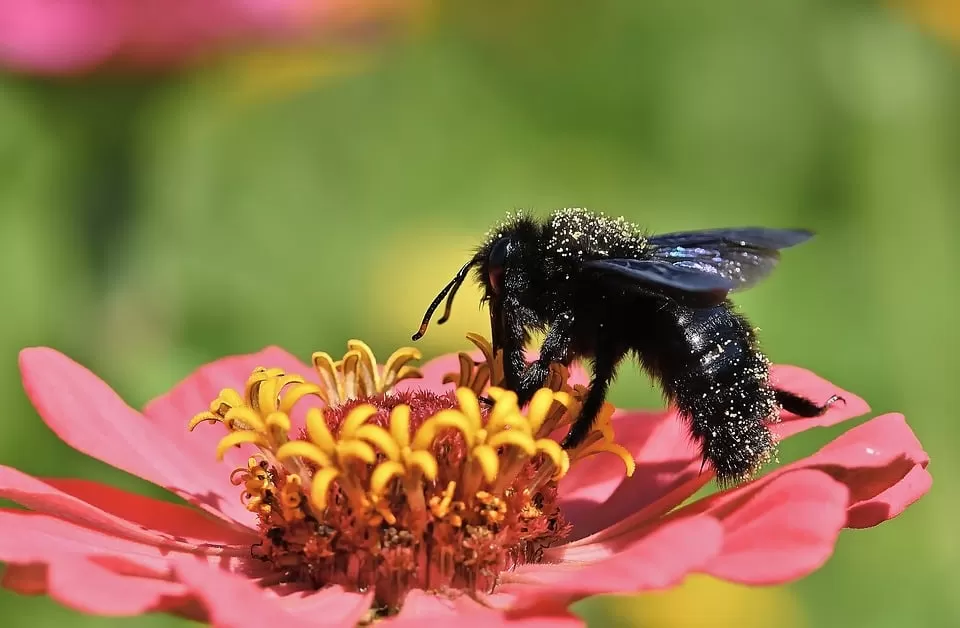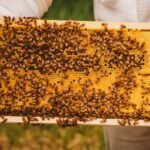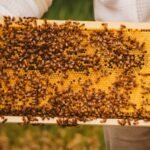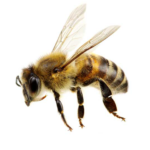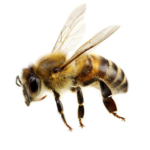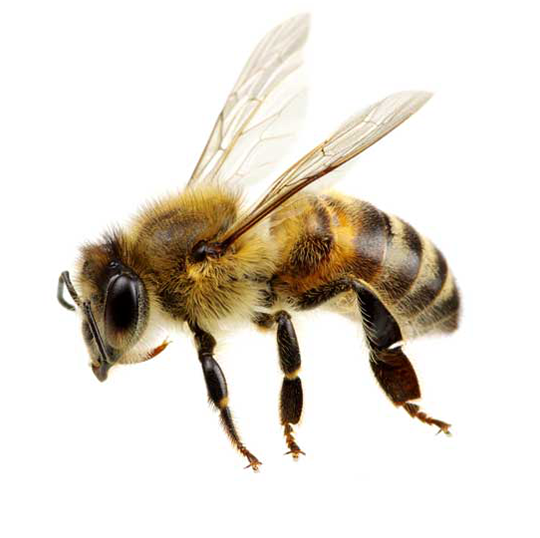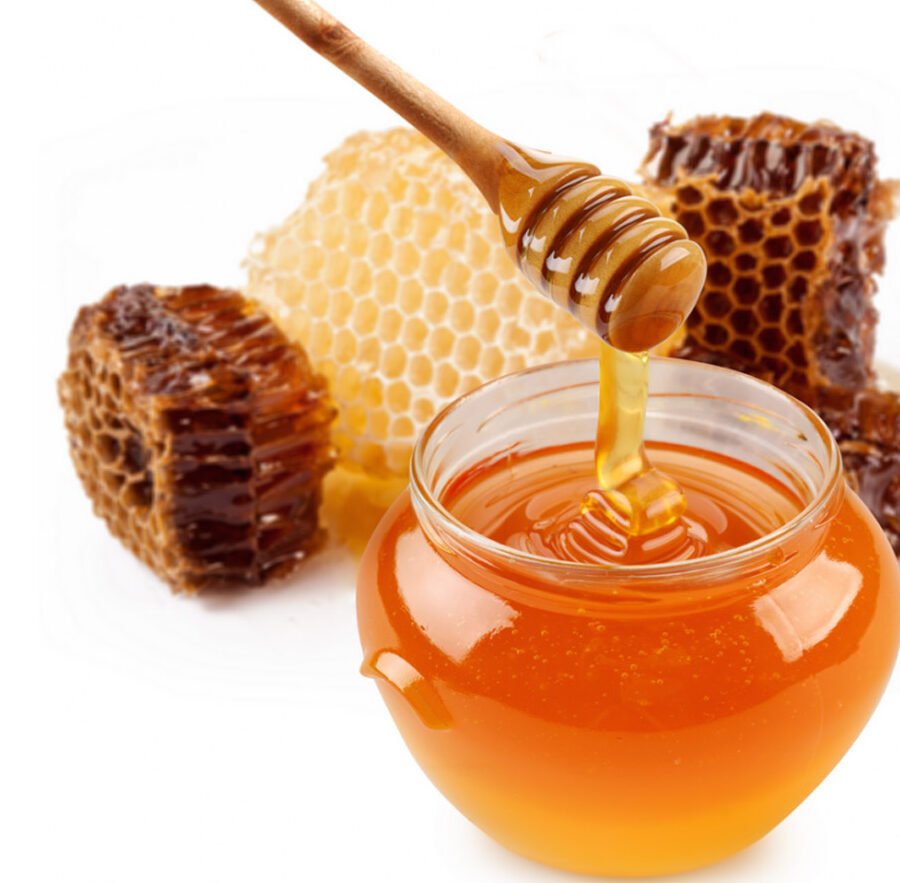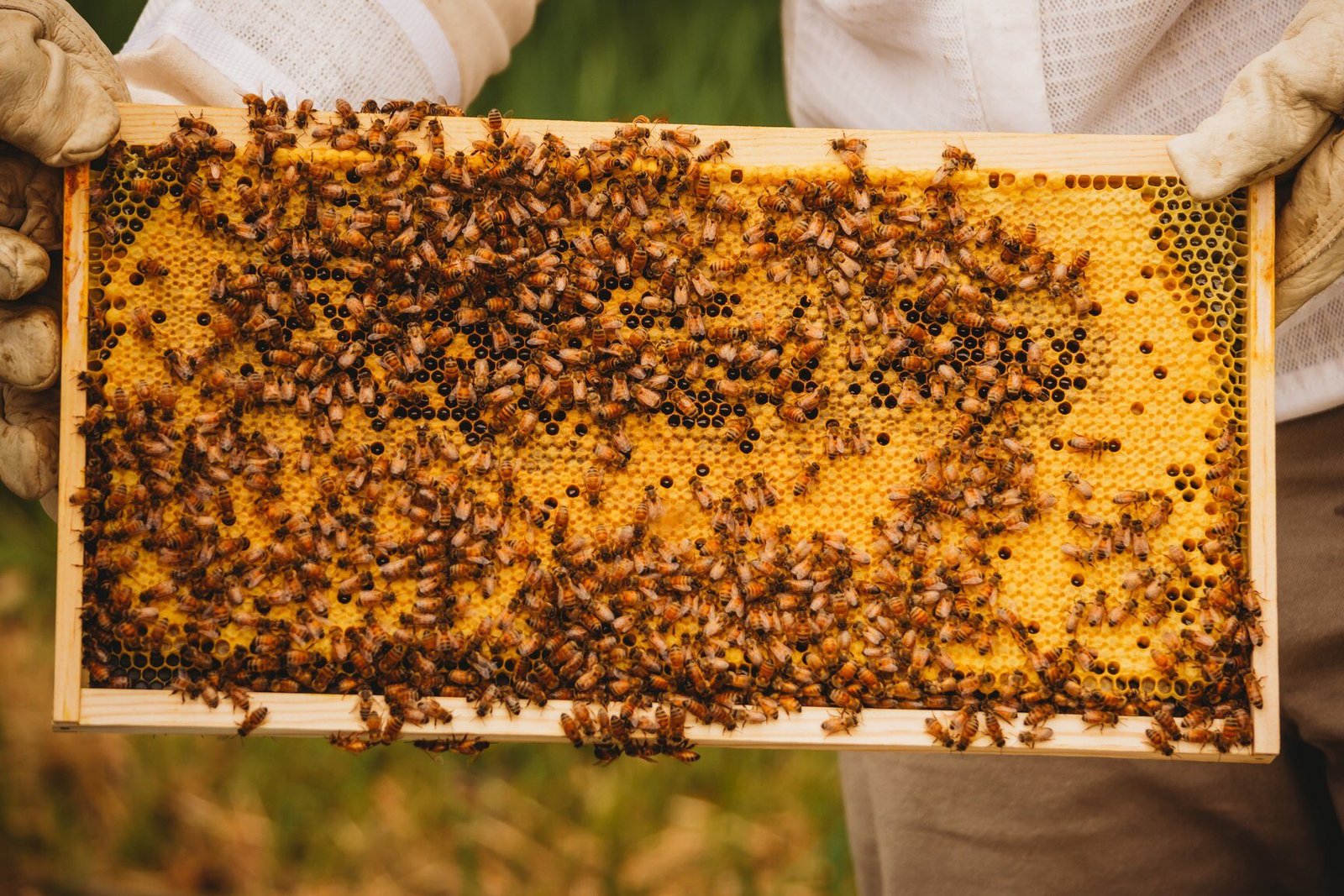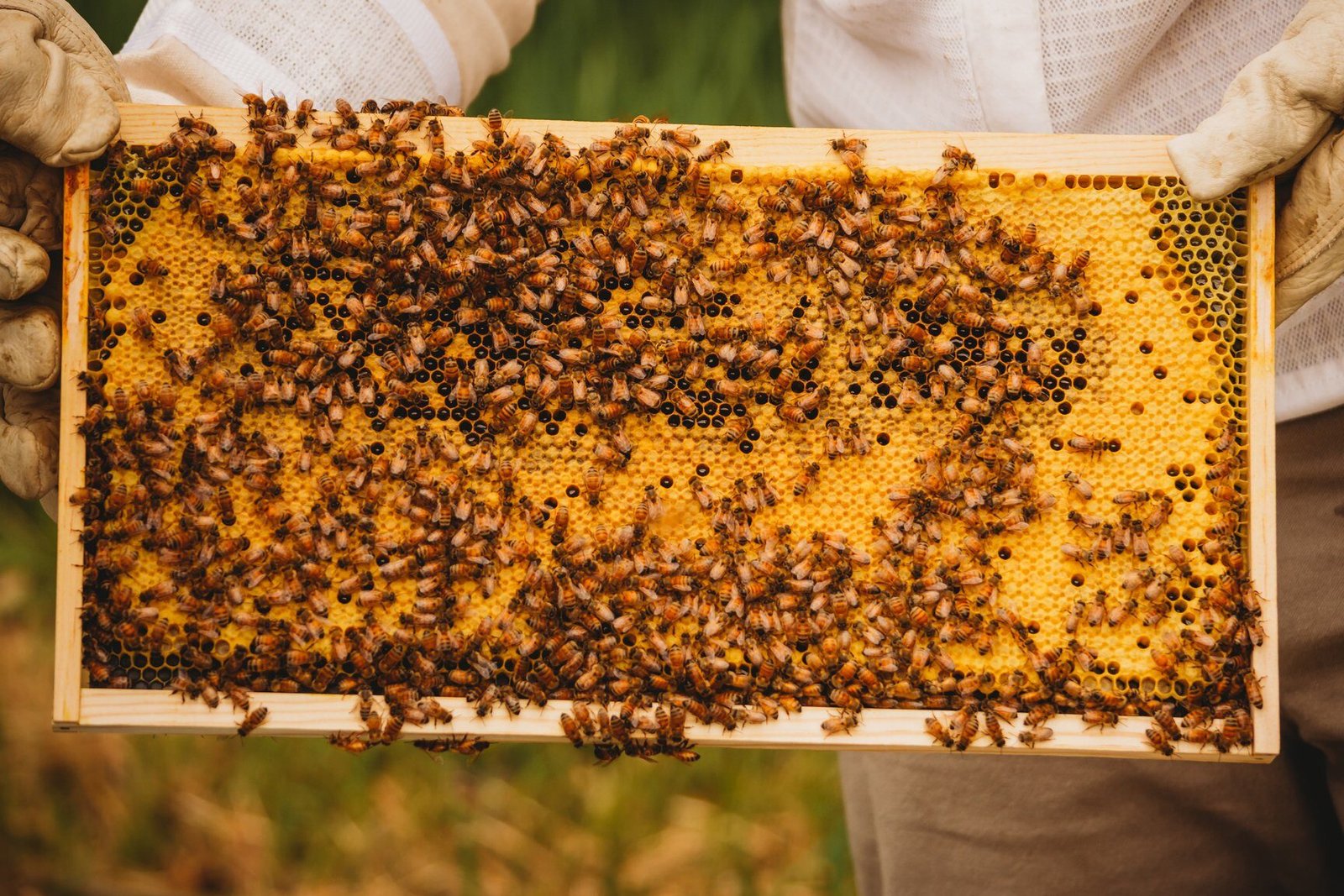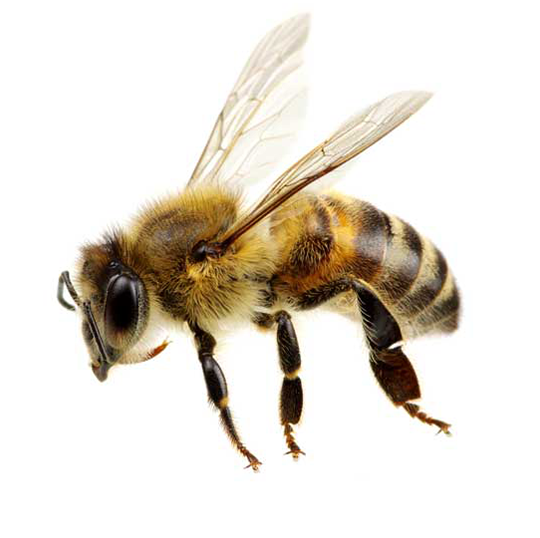[ad_1]
Optimizing Beekeeping Ethics: Sustainable Practices for Healthy Hives
Beekeeping is not just a hobby or a profession; it is a vital practice for the health and stability of our ecosystem. Bees play an integral role in pollination, which directly affects the growth of forests, crops, and flowers. In recent years, however, declining bee populations have become a cause for concern. To ensure the survival and thriving of honeybee colonies, it is crucial to adopt sustainable practices that prioritize the health and well-being of these incredible creatures. This article will delve into the various aspects of optimizing beekeeping ethics and provide insights into sustainable practices for healthy hives.
Understanding Beekeeping Ethics
As beekeepers, it is our responsibility to protect, nurture, and respect the bees and their habitat. Beekeeping ethics encompass the practices and principles that prioritize the welfare of the bees, their natural behavior, and the environment in which they exist. By following these ethical guidelines, we can create a harmonious relationship with the bees and contribute to their overall well-being.
Sustainable Beekeeping Practices
Sustainable beekeeping practices aim to minimize the impact on both bees and the environment. These practices consider the natural needs of bees, promote biodiversity, and strive for long-term colony health and resilience. Some essential sustainable beekeeping practices include:
1. Providing Sufficient Forage
Bees rely on a variety of nectar and pollen sources for proper nutrition. By ensuring a diverse and abundant floral landscape surrounding the hives, beekeepers can support the bees’ nutritional needs. Planting a broad range of native wildflowers, trees, and flowering plants in the immediate vicinity of the hives can provide a rich source of forage throughout the year.
2. Avoiding Harmful Pesticides
Pesticides, especially neonicotinoids, pose a significant threat to bees. These chemicals can adversely affect the bees’ behavior, memory, navigation, and immune systems, ultimately leading to colony collapse. Opt for organic and natural pest control methods whenever possible to protect the bees from harmful pesticide exposure.
3. Using Natural Beekeeping Techniques
Natural beekeeping techniques prioritize bee colonies’ well-being and minimize human intervention. Some practices include allowing bees to build natural comb, reducing the use of chemical treatments, preventing hive overcrowding, and providing enough honey reserves for the winter months. By mimicking the bees’ natural environment as closely as possible, beekeepers can support the bees’ natural instincts and behaviors.
4. Promoting Integrated Pest Management
Integrated Pest Management (IPM) involves managing pest populations by focusing on prevention and natural pest control methods. Instead of relying solely on chemical treatments, IPM encourages practices such as improving hive hygiene, using resistant bee breeds, and employing non-chemical pest control techniques like screened bottom boards. This approach helps maintain a healthy balance between bees and pests while reducing the use of harmful substances.
5. Regular Hive Inspections
Regular hive inspections are crucial for detecting signs of disease, pests, or any other issues that may affect the bees’ health. By staying vigilant and conducting routine inspections, beekeepers can catch and address problems in their early stages, minimizing the impact on the hive and reducing the need for invasive interventions later on.
6. Educating and Collaborating
Education plays a vital role in optimizing beekeeping practices. By staying informed about the latest research, techniques, and innovations, beekeepers can continuously improve their methods and contribute to the well-being of bees. Collaboration with other beekeepers, experts, and organizations fosters knowledge exchange and collective efforts to address beekeeping challenges.
Frequently Asked Questions
Q: What is the biggest threat to bee populations?
- Climate change and habitat loss are among the primary threats to honeybee populations.
- Poor nutrition and pesticide exposure also contribute to the decline of bee colonies.
Q: Are all pesticides harmful to bees?
- No, not all pesticides are equally harmful. However, neonicotinoids, a widely used class of pesticides, are especially dangerous to bees and other pollinators.
Q: Can I keep bees sustainably in an urban environment?
- Yes, keeping bees sustainably in urban environments is possible.
- Ensure access to diverse forage sources by planting native flowers and working with local urban gardens.
- Be mindful of pesticide use in the surrounding area and consider the overall suitability of the location for hive placement.
Q: How can I support bees without becoming a beekeeper?
- Planting bee-friendly flowers and avoiding the use of pesticides in your garden or landscape can provide food and habitat for bees.
- Support local beekeepers by purchasing their honey and other bee-related products.
Q: Is beekeeping an expensive hobby?
- Beekeeping can require an initial investment in equipment and bees, but it can be adapted to suit various budgets.
- Consider starting with a smaller number of hives and gradually expanding as you gain experience.
In conclusion, adopting beekeeping ethics and sustainable practices is essential for the longevity and well-being of bee populations. By prioritizing the health of the bees and their environment, beekeepers can play a significant role in conserving these vital pollinators. Through continuous education, collaboration, and a commitment to ethical practices, we can collectively work towards a future where bee populations thrive and contribute to the diversity and abundance of our natural world.
[ad_2]
Related Posts: 5 Essential Tips to Understand Worker Bee Physiology, What Are the Basics of Bee Anatomy and Physiology?, 3 Best Guides to Understanding Queen Bee Anatomy, 10 Fascinating Facts About Honey Bee Anatomy, Comprehensive Guide to Bumblebee Anatomy and Physiology
